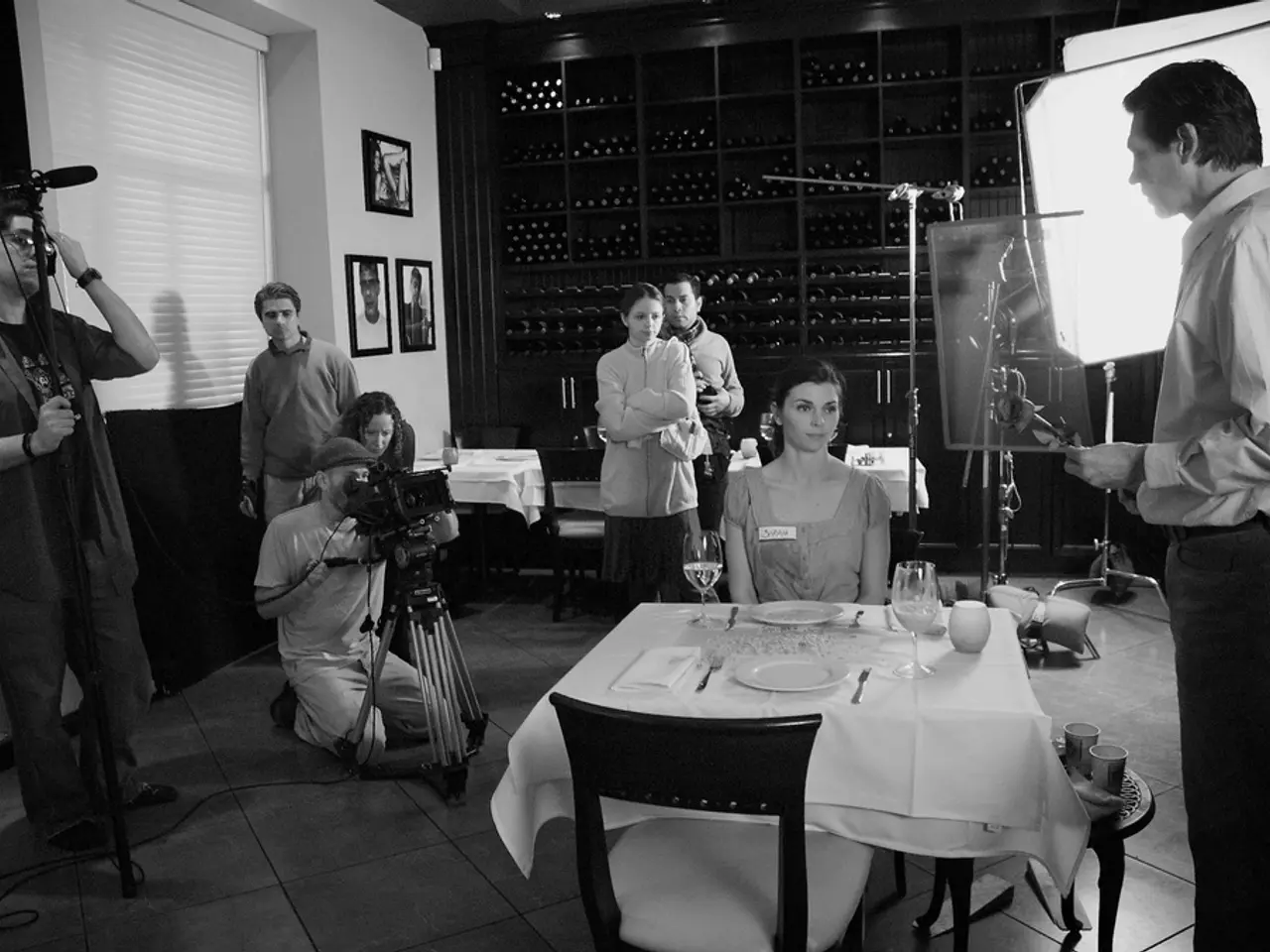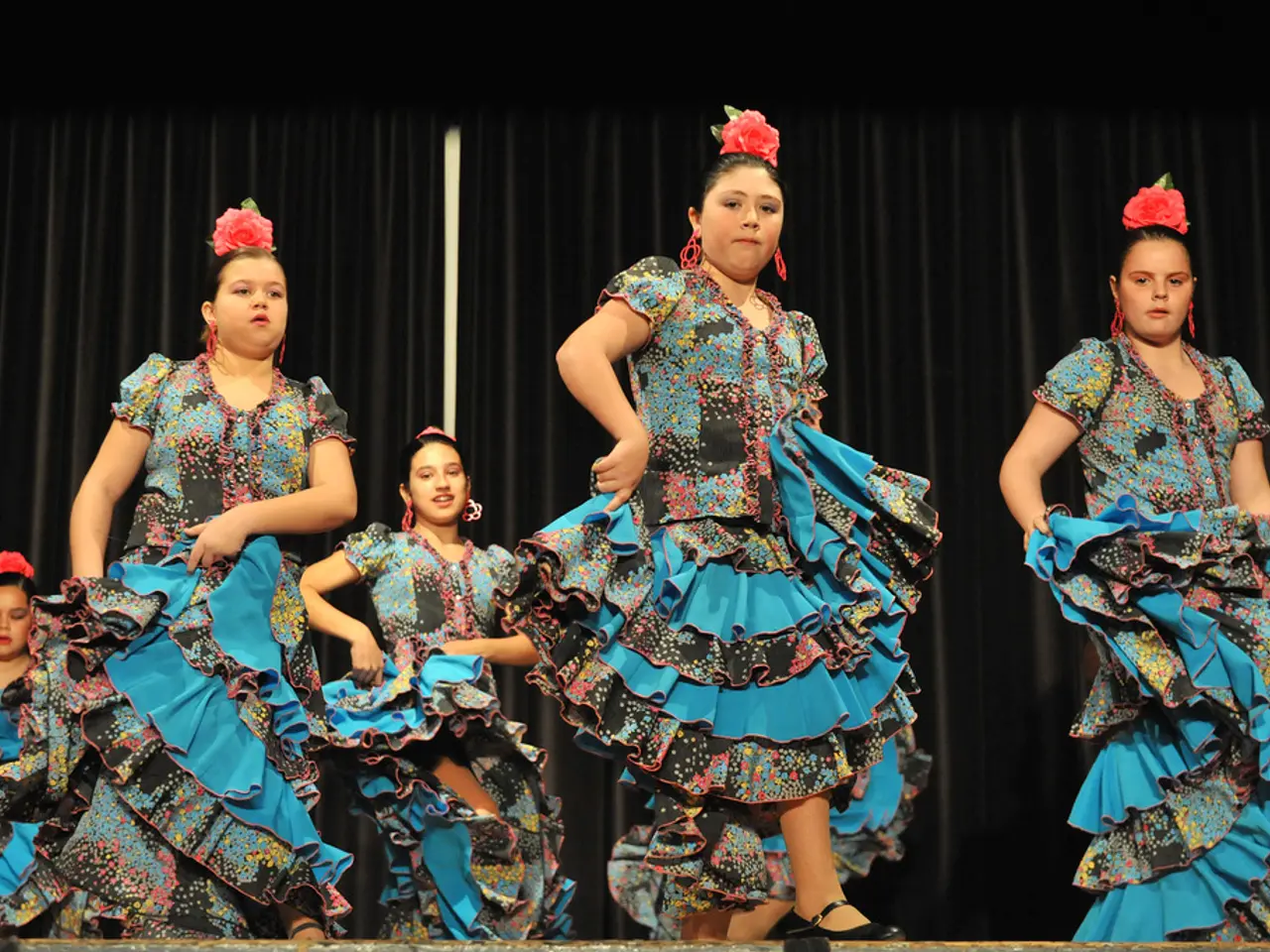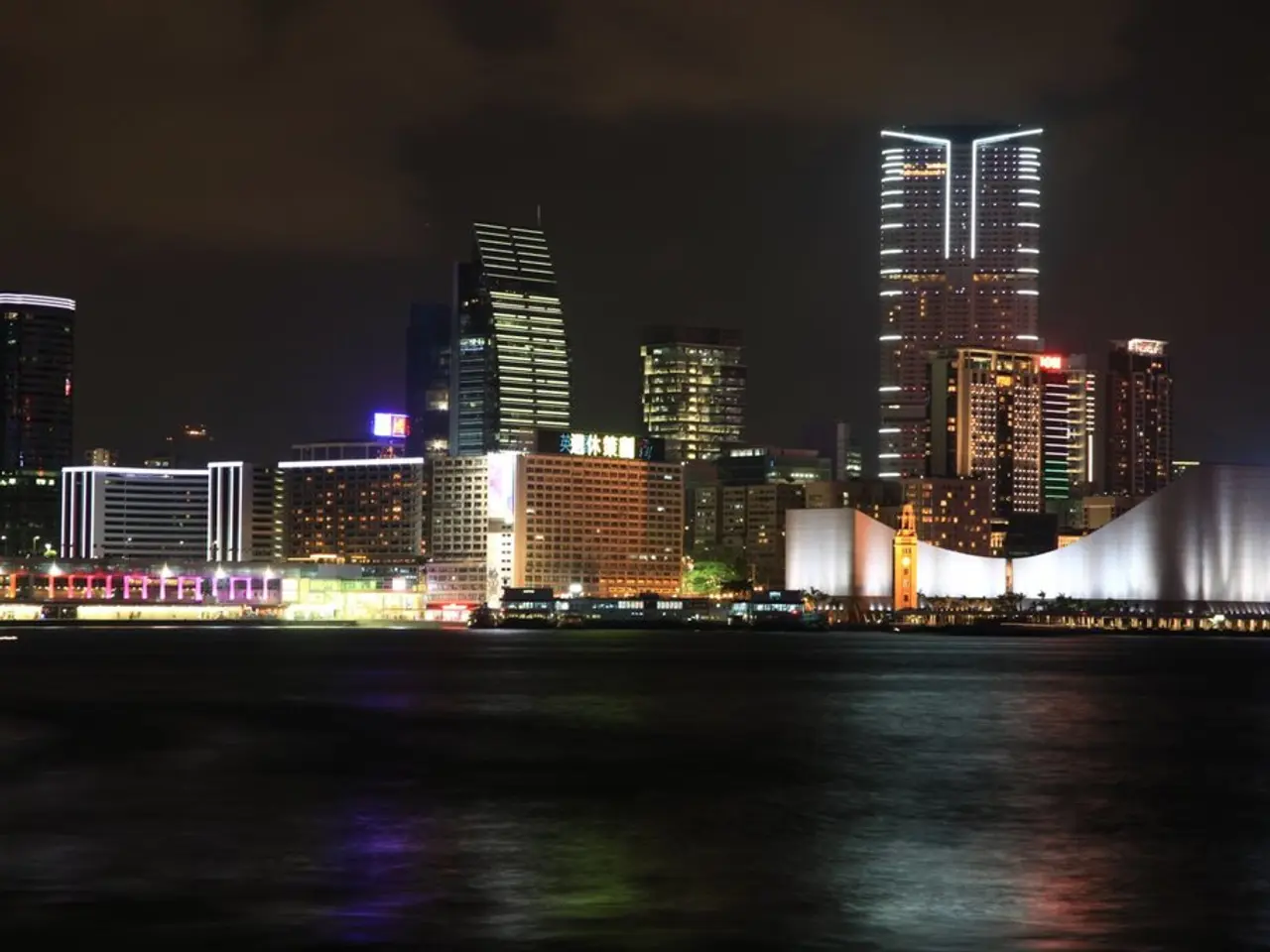Cinematic Trends or Artistic Cinema Dynamics
In the late 1990s, a series of cinematic movements began to challenge the status quo of filmmaking, revolutionising industries across the globe. From South Korea to Thailand, Romania, and America, these new wave cinemas have left an indelible mark on the international film landscape.
One of the most significant movements, the Korean New Wave, transformed South Korea's film industry by exploring themes such as family, revenge, social inequality, and identity. Its enduring legacy continues to resonate today. Similarly, Thai New Wave, established in the late 1990s and lasting through the 2010s, delved into social and political issues, cultural identity, and the human condition. Directors like Apichatpong Weerasethakul, Pen-Ek Ratanaruang, and Wisit Sasanatieng were at the forefront of this movement.
Another notable cinematic movement is the Romanian New Wave, which emerged in 2004 and continues today. Known for its stark realism, social commentary, and minimalist storytelling, directors such as Cristian Mungiu and Cristi Puiu have led the way in this movement.
American Eccentrics, a distinctive style of filmmaking that emerged in the mid 1990s, is characterised by quirky characters, whimsical narratives, idiosyncratic visual aesthetics, and a tendency to blend genres and tones in unexpected ways.
Despite their diverse geographic and thematic backgrounds, these new wave cinemas share several common characteristics and influences. They deliberately break from classical Hollywood or mainstream cinema conventions, experimenting with narrative structure, editing, and visual style. This often results in open-ended or ambiguous storytelling over neat resolutions. Many new wave cinemas also emphasise the director as an "auteur" — a personal creative voice, leading to deeply personal, political, or poetic films.
Low-budget and independent production is another common thread among new wave cinemas. Operating outside major studio systems, these movements often foster creative freedom and innovative filmmaking techniques. This independence also leads filmmakers to focus on realistic or raw depictions of life, often using natural lighting, non-professional actors, or location shooting.
New waves typically engage with contemporary social realities, reflecting national, cultural, or minority group experiences. For example, New Queer Cinema foregrounds LGBTQ+ experiences and challenges heteronormative narratives, while Romanian New Wave is known for its political commentary through stark realism.
There is often an emphasis on depicting everyday life with authenticity, sometimes through minimalist acting, natural sound, or long takes. Movements like Mumblecore and Berlin School emphasize naturalistic dialogue and slow pacing that foregrounds mundane or intimate moments.
Some movements, like the Left Bank of the French New Wave or New Extremity, are more overtly experimental or politically engaged, often challenging viewers aesthetically and ideologically.
The French New Wave's revolutionary approach to narrative, style, and the concept of cinema as an auteur's personal expression has influenced many other movements. Postwar social conditions and philosophy (existentialism) have also shaped many new wave cinemas, which often portray alienation, identity crises, and moral ambiguity.
Political upheaval and cultural identity have played a significant role in the emergence of new wave movements. For example, Korean New Wave arose during South Korea’s democratization era, while Romanian New Wave reflects post-communist realities. The political milieu imbues these films with a critical edge toward authority, history, and identity.
Contemporary new wave movements are often aware of and influenced by each other across borders, blending local stories with global cinematic trends. This transnational exchange is evident in the dialogue between Asian new waves and European or American independent cinemas.
In essence, these new wave cinemas share a spirit of rebellion, innovation, and personal or political expression, shaped by historical context and a desire to reshape the language of cinema fundamentally.
Independent cinema, particularly movements like the Romanian New Wave, emphasize the director as an "auteur", leading to deeply personal, political, or poetic films. These productions often operate outside major studio systems, allowing for creative freedom and innovative filmmaking techniques.
The American Eccentrics, characterized by quirky characters, whimsical narratives, and a fusion of genres, are part of the global entertainment landscape, but their independence from studio systems gives them a unique identity.






